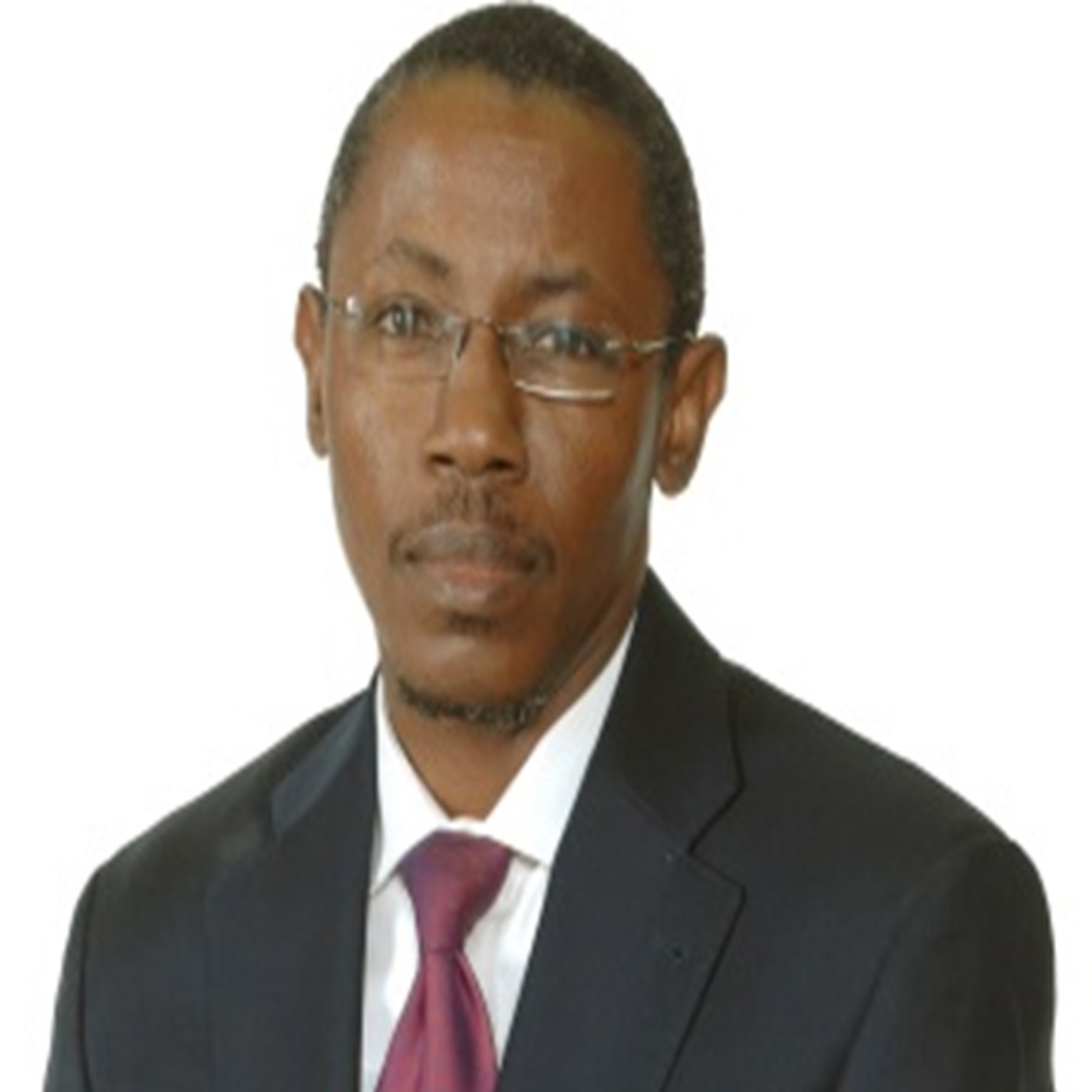
Elected: 2021
Country (Nationality)
South Africa
Discipline
Chemical Sciences
Bio
Prof Ebenso obtained his PhD in Physical Chemistry from the University of Calabar, Nigeria and has been lecturing in the university system since 1990. He started his university teaching career at the University of Calabar, Nigeria. He was the Acting Vice Rector (Research and Planning) and the Executive Dean of the Faculty of Natural and Agricultural Sciences at the entire North-West University in South Africa – Dec 31st 2019. He then took up appointment as Research Professor at the University of South Africa (Ist Feb 2021 till date).
His research interest span through physical chemistry (electrochemistry, kinetics, adsorption, thermodynamics of corrosion - and using some quantum chemical methods like density functional theory (DFT) and other semi-empirical methods to study corrosion inhibition efficiencies of compounds; extensive quantitative structure activity relationship studies (QSAR); Molecular dynamics/ Monte Carlo Simulation studies. He has also published papers on electrochemical sensors for detection of neurotransmitters and thermodynamics of solutions.
He is a member of many learned and professional societies namely Chemical Society of Nigeria (MCSN)., American Chemical Society (MACS)., NACE, International Corrosion Society, International Society of Electrochemistry, South African Chemical Institute (M.S.A. Chem. I.), South African Council for Natural Scientific Professions (SACNASP) (Pri. Sci. Nat), Fellow, Royal Society of Chemistry, UK (FRSC) and member of Academy of Science of South Africa (ASSAf).
He currently has an H-Index of 78 and over 20000 total citations from the Scopus Search Engine of Elsevier Science. According to the Elsevier SciVal Insights Report (2010-2015), he has a citation impact 10% above world average; Ebenso recently appeared in the top 10 list of prominent South African nanotechnology researchers/authors over a 20-year period (2000–2019), according to the South African Institute of Physics. He is also listed among the top 2% most-cited scientists in the world, according to Stanford University, together with the publishing house Elsevier and SciTech Strategies.